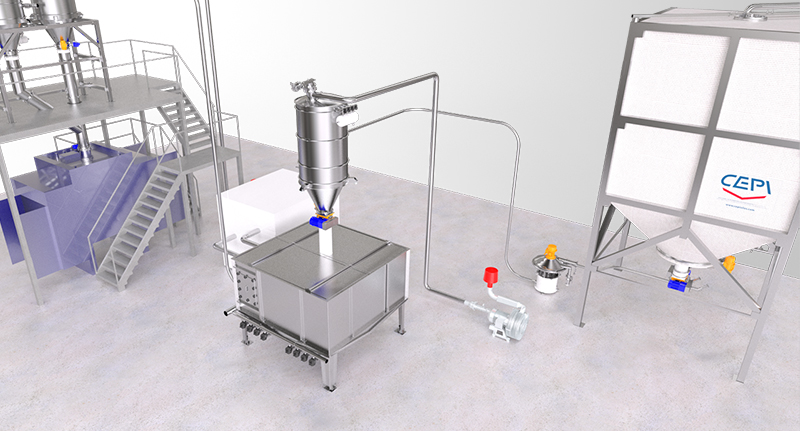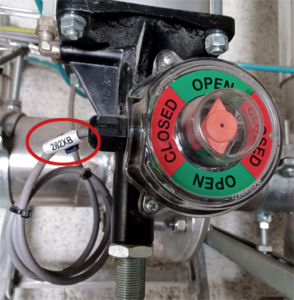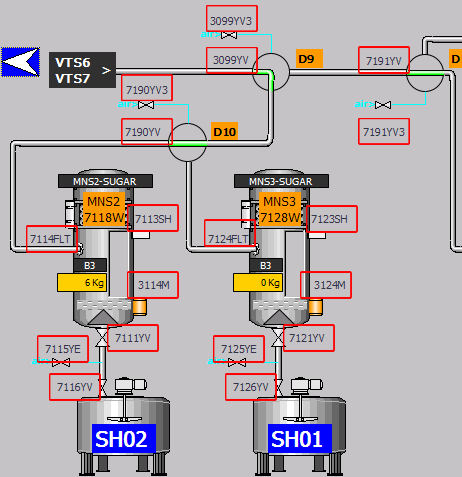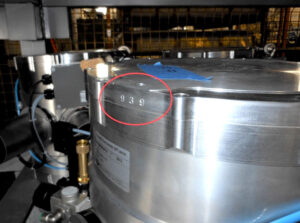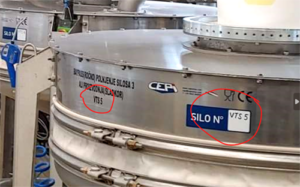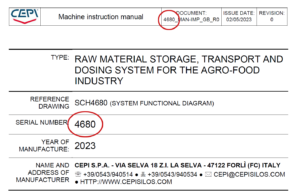All CEPI’s technologies undergo a process of constant evolution in the effort of intercepting a wide diversity of needs. This trimester, we are proud to present significant innovations to technologies on all stages of the manufacturing process: from storing to metering to our special applications. With an increased cooling power, our flour cooling system removes the need for cooling agents and manual intervention while ensuring high stability, precision, and homogeneity in the dough.
Correct and linear management of the dough temperature is essential in bread-making and similar processes. Seasonal changes cause considerable variations to the temperatures of work areas and raw materials, impacting leavening times and creating unevenness in the finished product. CEPI offers a centralized cooling system for a gradual and automatic reaching of set temperature, based on the direct exchange of pre-cooled air through a fluidized bed. With an increased exchange capacity and a bigger air flux, it has been perfected to automatically and independently take the flour to the temperature required for further processing. As such, it is a highly rational and accurate system that eliminates the need for cooling agents such as cooled water or ice, and the constant manual intervention they require.
Cooling agents not only add unnecessary costs to your process but lead to instant decreases and unstable temperatures through time. The progressive cooling of the CEPI system guarantees higher stability and precision, and homogeneity in the dough with thermal exchange acting directly on every flour particle. CEPI cooling system leads to standardization of production and finished product while diminished costs and reduction of human error.
In short, with the CEPI system:
- lower temperature of the flour
- gradual and automatic reaching of set temperature
- no cooling agents such as water or ice, no constant manual intervention required
- higher stability, precision and homogeneity in the dough
- flexible and modular
- standardization of production and finished product
- diminished costs
- reduction of human error


